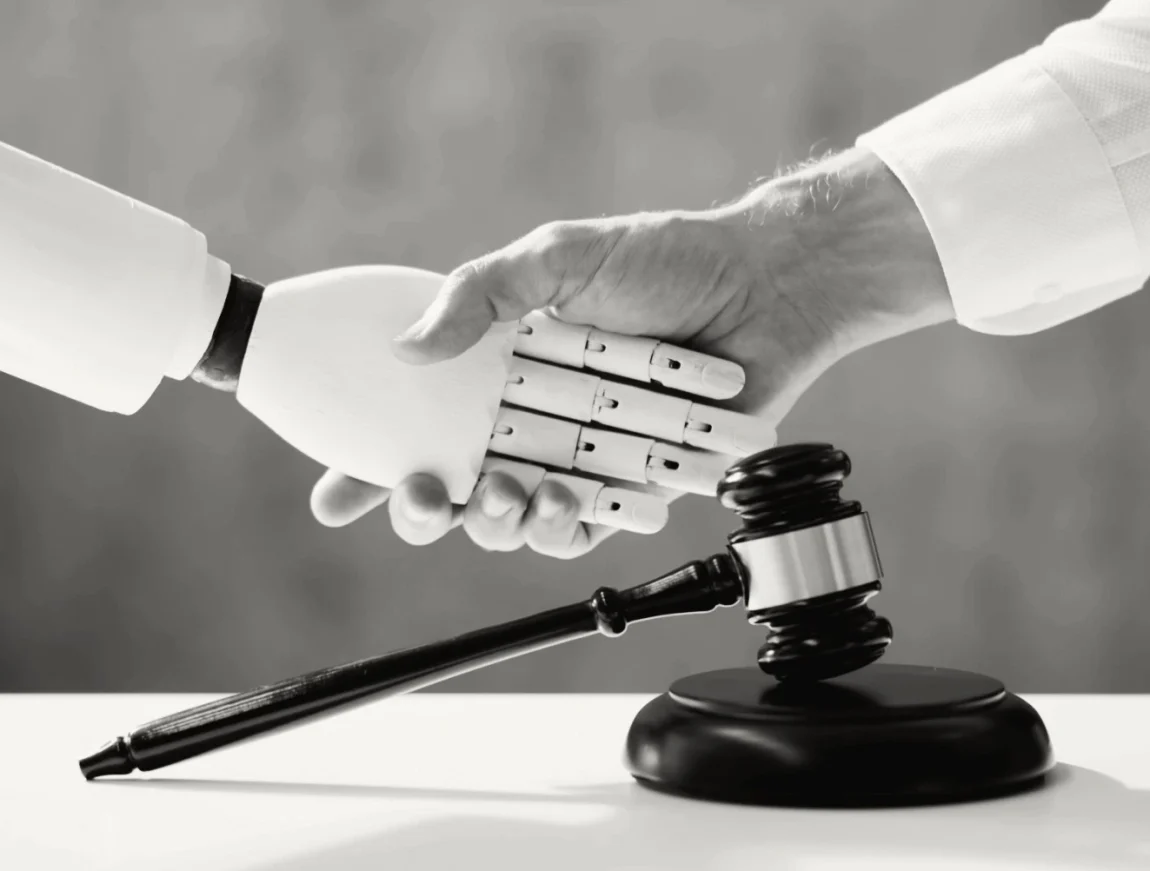Cyber security has become one of the most pressing challenges for the accountancy sector, with threats increasing in scale, sophistication, and impact.
Accountancy firms have become prime targets for cyber criminals. This is because firms handle large volumes of highly sensitive and confidential information. A single breach could result in financial penalties, reputational damage, loss of client trust, and regulatory investigations.
Every accountancy practice, whether you’re a sole practitioner, small firm, or larger operation, must take steps to reduce cyber risk. Cyber security for accountants is no longer optional. it’s a fundamental part of running a compliant, trusted practice.
This article highlights five priority areas that you should review immediately. Each action is practical, cost-effective, and focused on strengthening your security posture while safeguarding client data.
Understanding cyber risk and how to assess it
Cyber risk refers to the potential exposure of business-critical information and systems to unauthorised access, loss, or damage.
Attackers know that accounting systems store financial records, banking credentials, and tax information, all of which are highly valuable. Coupled with seasonal workload peaks and deadline pressures, this environment increases the likelihood of a security lapse.
In recent years, cybercriminals have increasingly targeted smaller accountancy practices, taking advantage of weaker defences and often resources. This makes cyber security for accountancy firms just as vital for small firms as it is for larger practices.
The good news is that improving your cyber security does not require significant investment or advanced technical skills. Many of the most effective measures are simple, affordable, and easy to implement, as long as you know where to start.
The CIA Triad for accountancy firms
To accurately assess your practice’s cyber security and identify areas for improvement, it is best to follow a recognised industry framework.
One of the most widely used is the CIA Triad, which focuses on three fundamental principles:
Confidentiality
You must ensure that financial data, client records, and sensitive business information are only accessible to authorised personnel. This includes protecting cloud-based accounting platforms, encrypted document portals, and internal systems from unauthorised access.
Integrity
You must protect the accuracy and reliability of client accounts, tax returns, and compliance records. Even small, undetected alterations, whether caused by human error or malicious activity, can disrupt operations and compromise the integrity of your practice.
Availability
You must guarantee that systems, cloud platforms, and critical records are accessible when needed, particularly during time-sensitive periods such as year-end reporting, tax filing deadlines, or payroll processing. This requires resilience against outages, cyber attacks, and system failures.
By embedding the CIA Triad into your cyber security approach, you create a framework that supports both operational efficiency and regulatory compliance.
It also forms the foundation for Business Continuity Planning (BCP) and Disaster Recovery (DR), ensuring your practice can continue to operate even in the face of disruption.
Five key areas to review
Protecting your practice doesn’t have to be difficult. By focusing on core areas, you can make rapid and measurable improvements to your cyber security posture.
These actions form the backbone of effective cyber security for accountancy firms, helping you safeguard client data and maintain compliance.
1. Backup your information & data
For accountants, disaster recovery depends on access to financial records, client data, and compliance documentation. Whether caused by a cyber attack, hardware failure, or accidental deletion, data loss can be highly damaging. Backups are not only a best practice for regulated professionals, they are a compliance necessity.
Key actions:
- Identify and prioritise critical accounting software databases, client files, and compliance records
- Store backups separately from your live IT systems to reduce the impact of ransomware or other destructive attacks
- Test backups regularly to verify data integrity and ensure timely restoration, particularly ahead of peak workload periods
- Integrate backups into your standard operating procedures with clear responsibilities and checks
2. Use basic technical controls
Many cyber attacks are preventable with basic technical controls. You don’t need a big budget or complex systems, just consistent, good practice.
Key actions:
- Install and enable antivirus software across all devices, desktop and mobile
- Keep all accounting software, operating systems, and applications fully updated
- Activate and configure firewalls for both office and remote work devices
- Restrict or control the use of USB drives and other removable media
3. Keep smart phone and tablets safe
Mobile devices are increasingly central to accountancy operations due to the growth of cloud-based tools and client communication apps. These devices must be secured to the same standard as desktop systems.
Key actions:
- Enable device encryption and remote wipe capabilities
- Restrict the installation of unauthorised third-party applications.
- Keep operating systems and applications updated at all times.
4. Use passwords to protect your data
Passwords are a frontline defence for protecting client portals, accounting systems, and banking platforms. When implemented correctly, they’re one of the simplest and most effective security tools available.
Key actions:
- Require password protection on all devices, using PINs, fingerprint, or facial recognition where possible.
- Use multi-factor authentication (MFA) for systems handling sensitive financial or client data.
- Avoid predictable passwords, such as those incorporating client names, accounting terms, or your practice’s branding
- Use unique passwords for business and personal accounts
5. Avoid phishing attacks
Accountants are a frequent target for phishing, particularly during busy reporting periods. These attacks can appear highly convincing, often impersonating HMRC, banking institutions, or client communications.
Key indicators of phishing:
- Fake HMRC notifications or payment requests
- Slight misspellings in email domains (e.g., @hm-rc.co.uk)
- Urgent or unusual requests for client banking details
- Poor grammar, typos, and vague language
- Attachments disguised as invoices or remittance advice
What to do:
- Do not click on suspicious links or open unexpected attachments without verification
- Confirm payment or sensitive data requests through an established and trusted communication channel
- Ensure all employees receive regular cyber awareness training
- Do not share personal or financial information over email
- Check for HTTPS and a padlock icon on websites
As an accountant, you are a custodian of highly sensitive financial information. Implementing these immediate actions will help protect your clients, maintain compliance, and preserve your professional reputation.
We specialise in cyber security for accountancy firms, delivering sector-specific solutions to safeguard practices from evolving threats.
For further guidance, contact one of our specialists today to discuss how we can help strengthen your defences.








